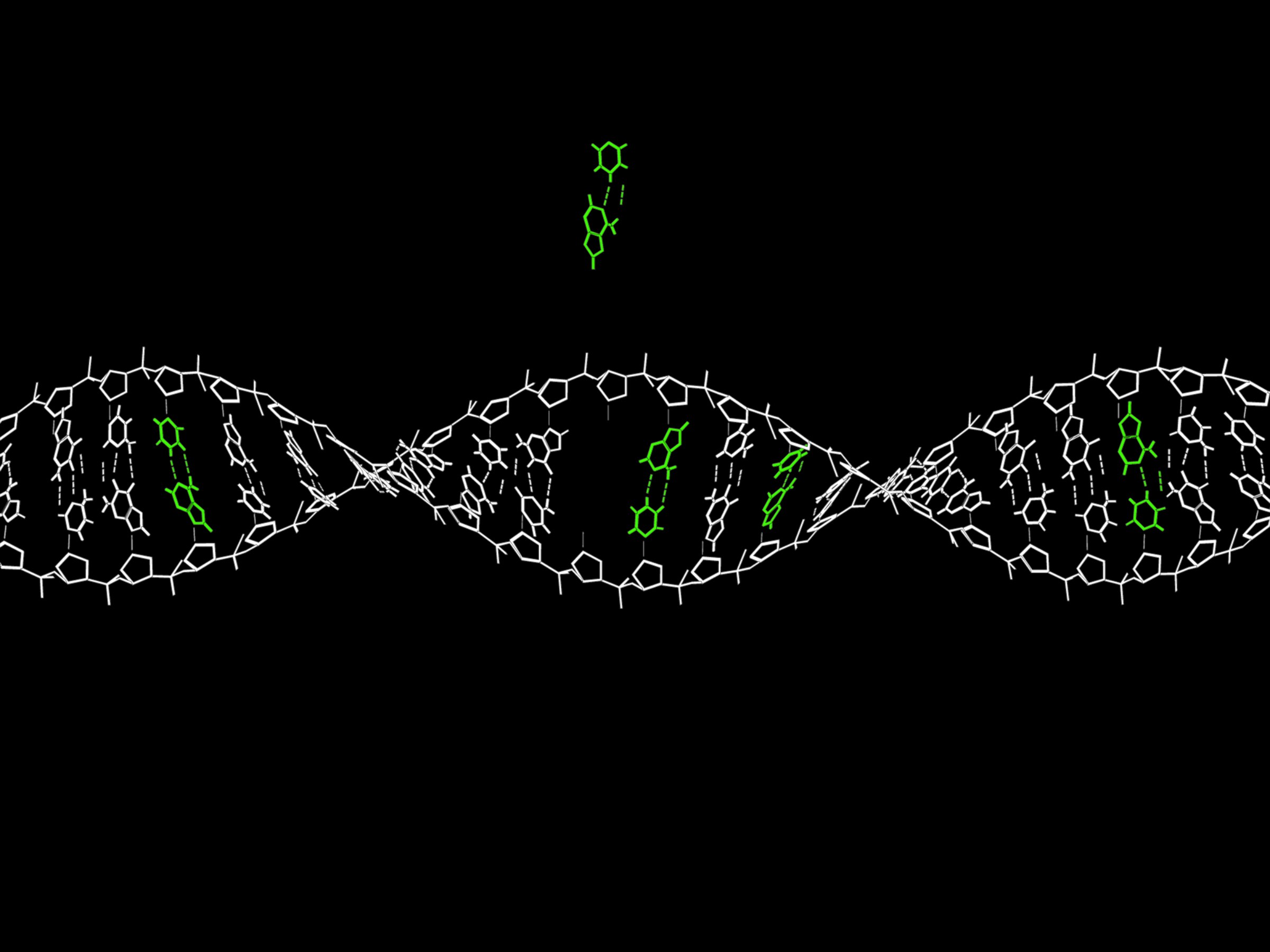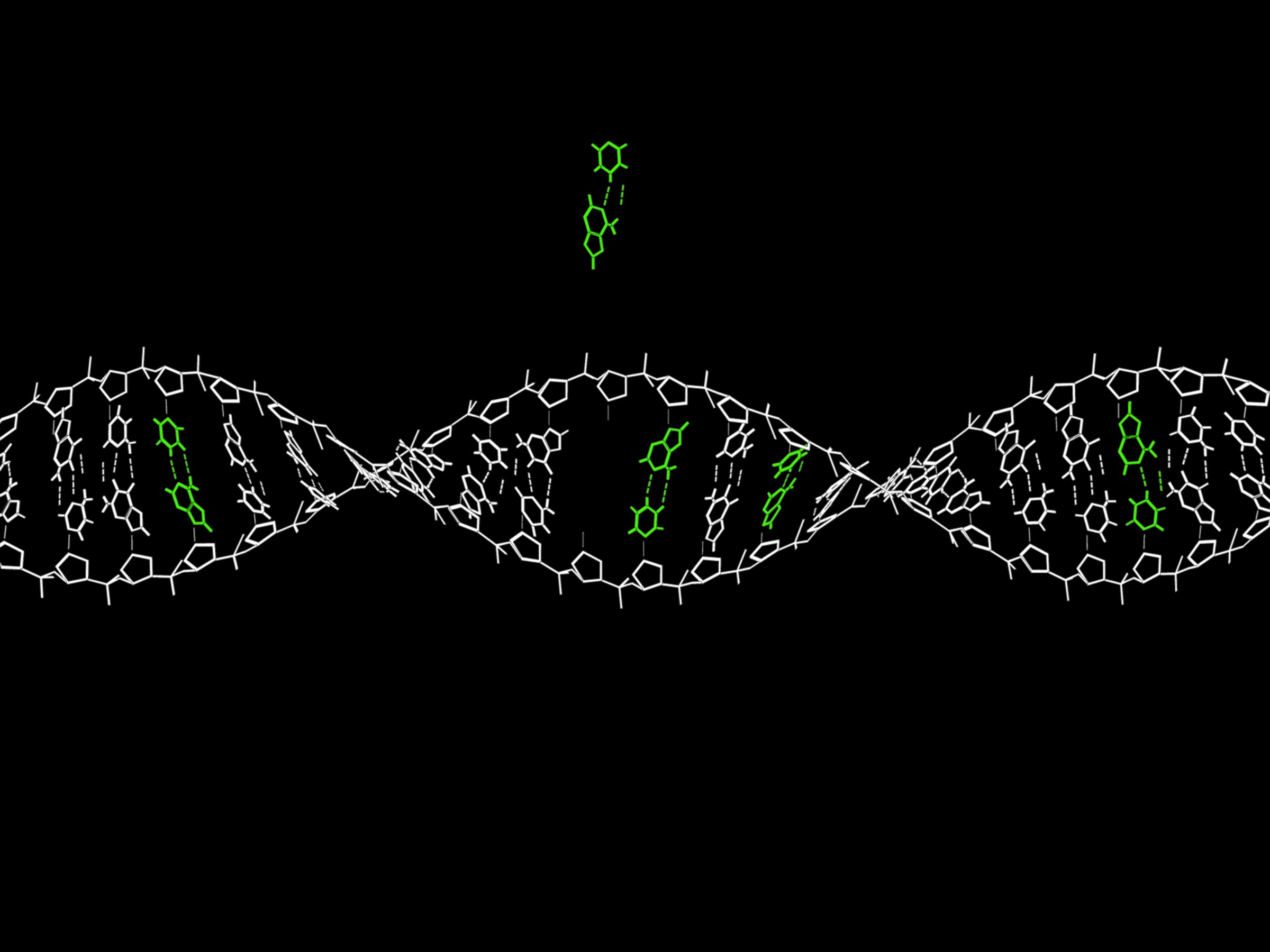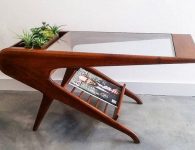

Andrew Anzalone was restless. It was late fall, 2017. The year was winding down, and so was his MD/PhD program at Columbia. Trying to figure out what was next in his life, he’d taken to long, leaf-strewn walks in the West Village. One night as he paced up Hudson Street, his stomach filled with La Colombe coffee and his mind with Crispr gene editing papers, an idea began to bubble through the caffeine brume inside his brain.
Crispr, for all its DNA-snipping precision, has always been best at breaking things. But if you want to replace a faulty gene with a healthy one, things get more complicated.
In addition to programming a piece of guide RNA to tell Crispr where to cut, you have to provide a copy of the new DNA and then hope the cell’s repair machinery installs it correctly. Which spoiler, it often doesn’t. Anzalone wondered if instead there was a way to combine those two pieces, so that one molecule told Crispr both where to make its changes and what edits to make. Inspired, he wrapped his coat tighter and hurried home to his apartment in Chelsea, sketching and Googling late into the night to see how it might be done.
A few months later, his idea found a home in the lab of David Liu, the Broad Institute chemist who’d recently developed a host of more surgical Crispr systems, known as base editors. Anzalone joined Liu’s lab in 2018, and together they began to engineer the Crispr creation glimpsed in the young post-doc’s imagination. After much trial and error, they wound up with something even more powerful. The system, which Liu’s lab has dubbed “prime editing,” can for the first time make virtually any alteration—additions, deletions, swapping any single letter for any other—without severing the DNA double helix. “If Crispr-Cas9 is like scissors, and base editors are like pencils, then you can think of prime editors to be like word processors,” Liu told reporters in a press briefing.
Why is that a big deal? Because with such fine-tuned command of the genetic code, prime editing could, according to Liu’s calculations, correct around 89 percent of the mutations that cause heritable human diseases. Working in human cell cultures, his lab has already used prime editors to fix the genetic glitches that cause sickle-cell anemia, cystic fibrosis, and Tay-Sachs disease. Those are just three of more than 175 edits the group unveiled today in a scientific article published in the journal Nature.
The work “has a strong potential to change the way we edit cells and be transformative,” says Gaétan Burgio, a geneticist at the Australian National University who was not involved in the work, in an email. He was especially impressed at the range of changes prime editing makes possible, including adding up to 44 DNA letters and deleting up to 80. “Overall, the editing efficiency and the versatility shown in this paper are remarkable.”
Classic Crispr, the most widely used gene editing tool in rotation, is made up of two parts: a DNA-slicing enzyme called Cas9 and a strand of guide RNA that essentially says, “cut here, but not here.” Other enzymes can be directed to do different things, like sitting on a gene to turn it off, or unzipping the DNA just a bit and knocking out one letter for another.
Anzalone’s prime editor is a little different. Its enzyme is actually two that have been fused together—a molecule that acts like a scalpel combined with something called a reverse transcriptase, which converts RNA into DNA. His RNA guide is a little different too: It not only finds the DNA in need of fixing but also carries a copy of the edit to be made. When it locates its target DNA, it makes a little nick, and the reverse transcriptase starts adding the corrected sequence of DNA letter by letter, like the strikers on a typewriter. The result is two redundant flaps of DNA—the original and the edited strand. Then the cell’s DNA repair machinery swoops in to cut away the original (marked as it is with that little nick), permanently installing the desired edit.
read more at https://www.wired.com/latest by Megan Molteni
Tech







